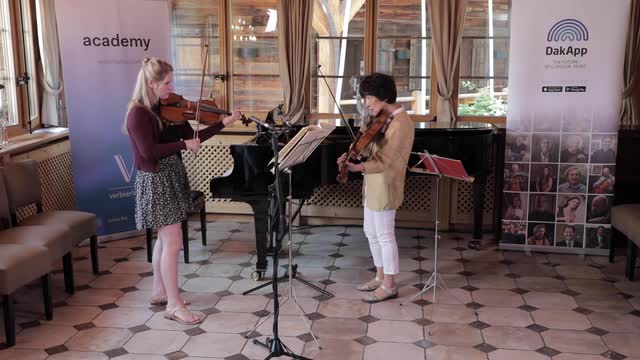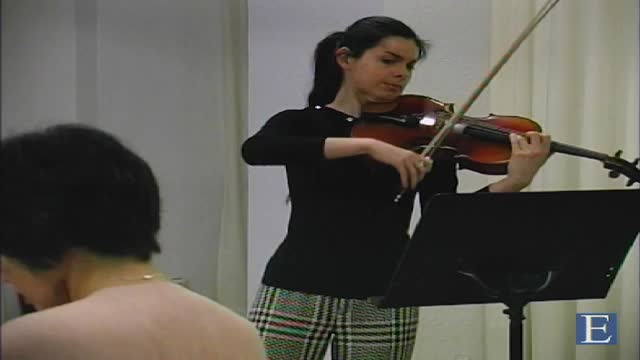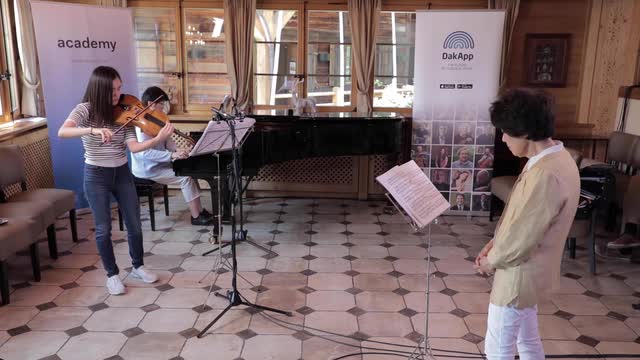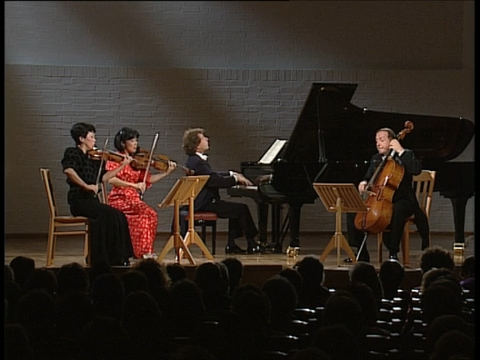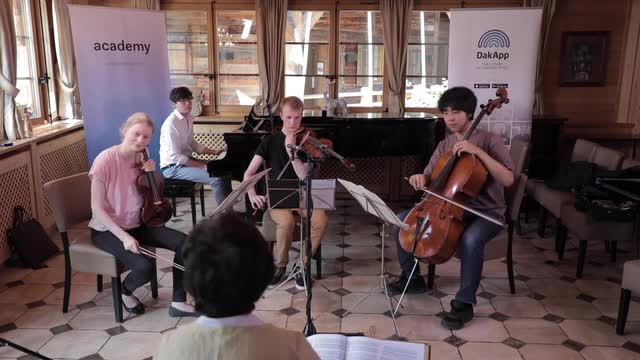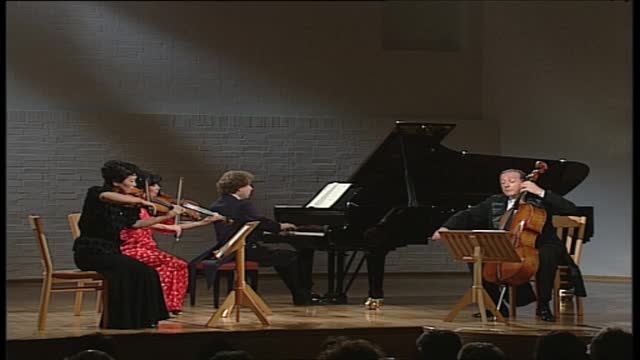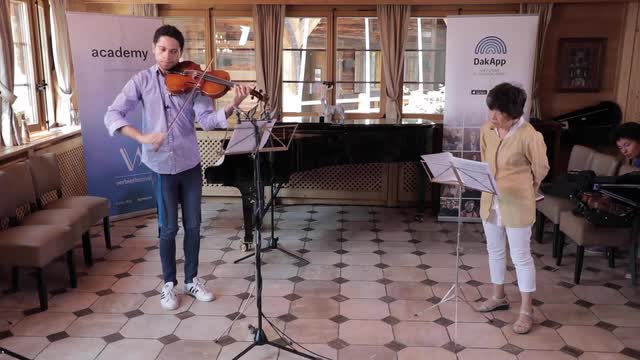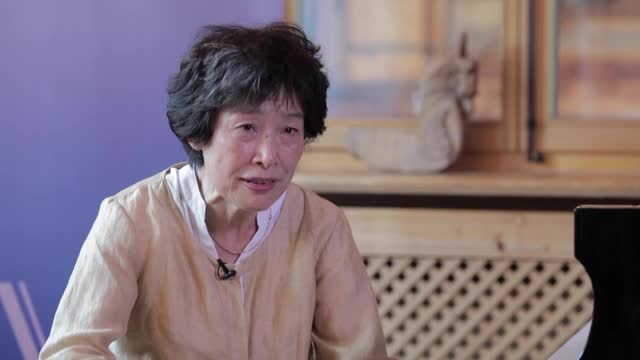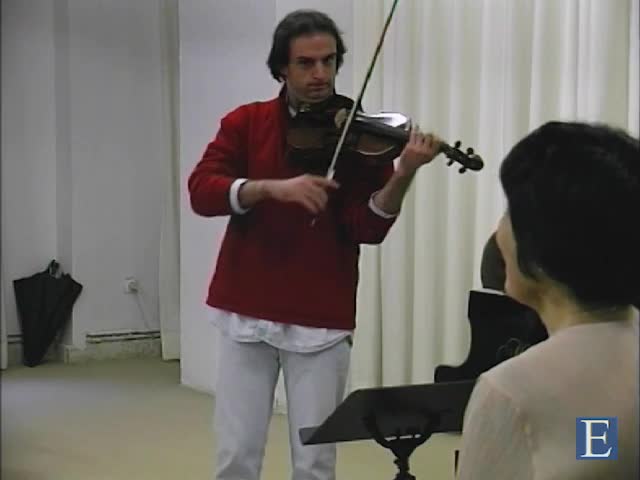Having trained at the Tokyo Toho Gakuen School of Music with Toshiya Eto, then The Juilliard School and Yale University in New York, Nobuko Imai began her career by winning the Young Concert Artists International Auditions in 1967 and highest prizes at both the Geneva International Music Competition and ARD International Music Competition at Munich. She was a member of the Vermeer Quartet in the 1970s and has more recently formed the Michelangelo Quartet which tours all over Europe and Japan, receiving acclaim for its virtuosity and musical expression.
Imai’s involvement in cultural exchange programmes between Amsterdam and Tokyo led her to found the East-West Baroque Academy in 2000, exposing young musicians from both cultures to early music performance practices. She also teaches at the Amsterdam, Geneva and Tibor Varga (Sion) conservatories.
Her recording output is extensive, covering the full range of viola repertoire and including some lesser-known twentieth-century works. She has given premières of pieces by George Benjamin, bassist Duncan McTier and David Horne amongst others, and has made her own adaptations for the viola of works from classical cello repertoire. Collaboration with Japanese avant-garde composer Tōru Takemitsu produced a beautiful 2009 recording of A String Around Autumn, his viola concerto written for her in 1989. Here (in this arrangement for viola and piano) and in other performances Imai is revealed to be a considered and fastidious interpreter. Her sound is in the modern mould with an occasional slight tendency towards exaggerated vibrato.
What is particularly creditable is Imai’s ability to adapt her performance style to different repertoire, although not always entirely authentically. Thus an authoritative 2007 Mozart Sinfonia concertante with Philippe Graffin is clean and tidy, with vibrato reined in and phrasing carefully sculpted. The effervescence of her performance of Mozart’s K. 424 Violin Duo (also with Graffin, 2007) has an especially vivacious finale and some soulful playing in the proto-Romantic middle movement.
Brahms and Schumann recordings from 1987 use a modern mainstream tonal palette that does not benefit from recent research into Romantic performing practices, although both performances are powerful, articulate and considered in all other respects and the varied textures and juxtapositions of moods, enriched by Vignoles’s supreme pianism, in the Schumann Märchenbilder are particularly enticing.
In twentieth-century repertoire Imai is very persuasive. Her Hindemith Sonata, Op. 25 No. 1 (1993) is perhaps a little brutal in the first movement and there are some unwarranted distortions in the second, but the excitement of the finale is irresistible. Her Reger Suite No. 1 (2003) effortlessly transcends neo-classical and late-Romantic boundaries and is, besides, technically unimpeachable, whilst Hosokawa’s Voyage VI (2002) is full of colour, a natural sense of phrase space and pacing, and an impressive command of textures, both lyrical and eerily nightmarish.
While Imai’s playing is not immediately distinctive, her consistency and imagination over a vast and varied repertoire are commendable.
© Naxos Rights International Ltd. — David Milsom (A–Z of String Players, Naxos 8.558081-84)
